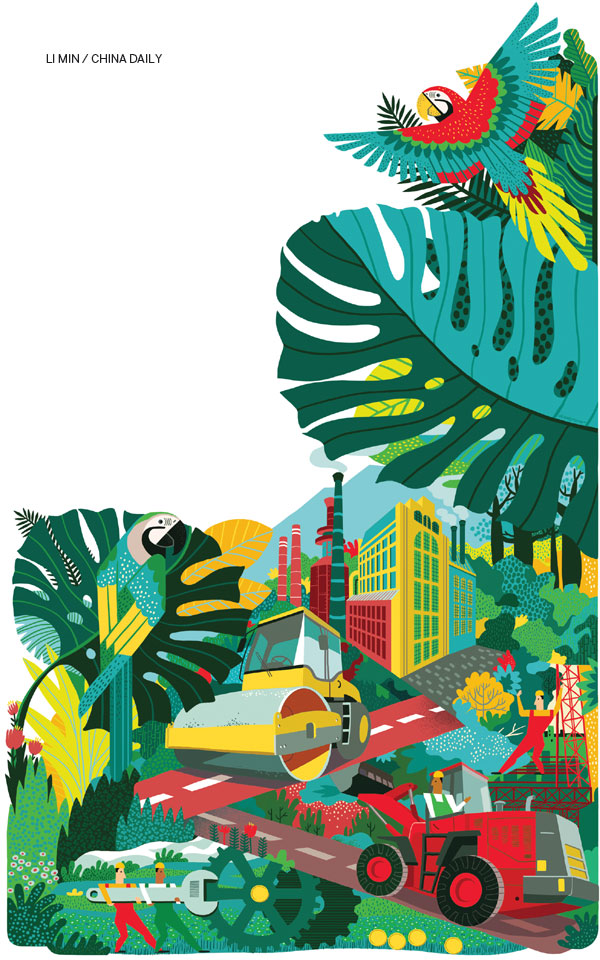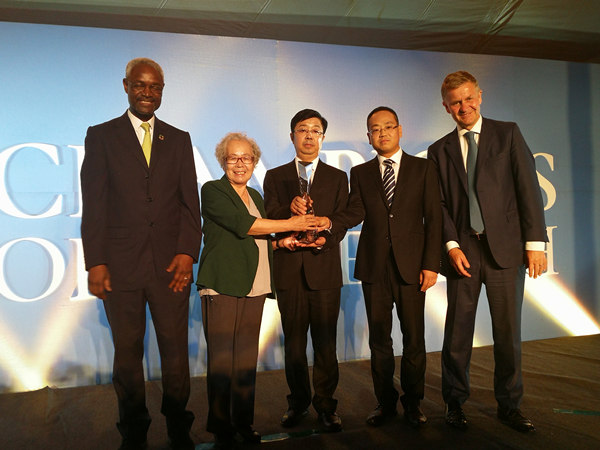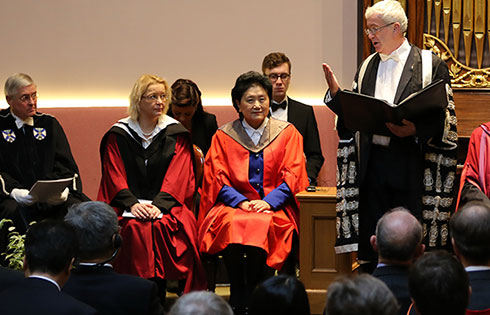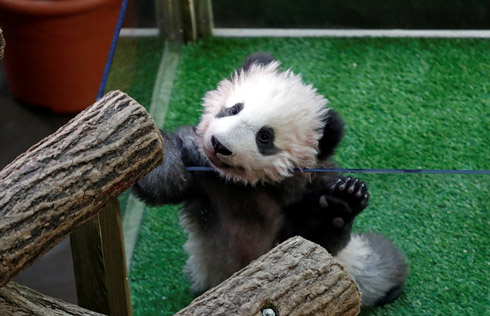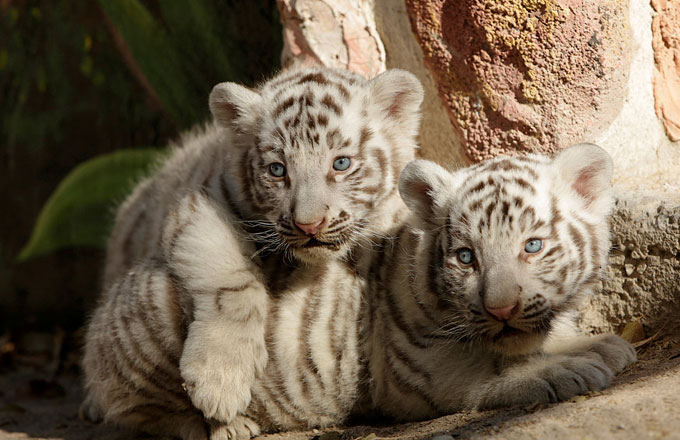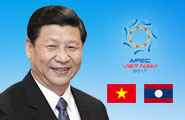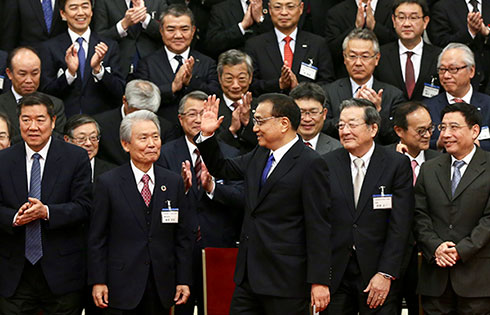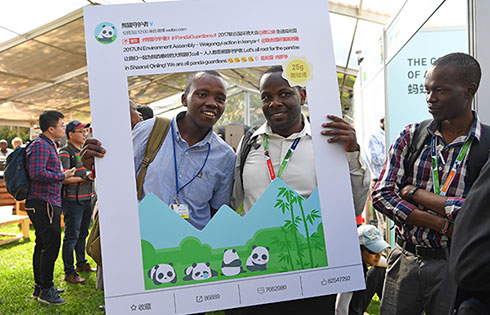Growth designs
Textile factories part of Senegal's plan to woo Chinese investors, generate jobs for youths
Clothes labeled "made in Senegal will soon be on sale in European stores if plans in the pipeline are a success. Four Chinese companies are planning to set up operations in a new industrial zone about 40 kilometers east of the capital, Dakar, following a series of government-led initiatives to woo Chinese investment.
Among the companies that have announced their intention to take part in the $140 million project is C&H, which plans to invest $25 million to build a textile manufacturing plant. It plans to start production by January and already has operations in Ethiopia, Kenya and Rwanda. Co-founder Helen Hai is currently an adviser to the governments of Ethiopia, Rwanda and Senegal on investment and industrialization projects.
The flurry of industrial development across Africa is seen as proof that governments are listening as they strive to generate jobs for the millions of young people who make up 70 percent of the continent's population. As well as attracting businesses relocating from China to escape increasing salary costs, Africa's development blueprint lays emphasis on the need to build manufacturing industries, as opposed to relying on the traditional commodity markets.
It is now apparent that the commodity boom that fueled Africa's economic growth, which averaged 6 percent for decades, was not inclusive or sustainable. Countries that have diversified their economies - such as Kenya, Cote d'Ivoire and Tanzania - are still experiencing steady growth, while commodity-dependent economies such as Nigeria, South Africa and Angola have cooled down.
According to the African Development Bank, persistent lack of industrialization is holding back Africa's economies, which remain largely dependent on raw commodity exports.
"On average, industry generates merely $700 of GDP per capita in Africa, less than a third of Latin America's output ($2,500 per capita) and barely a fifth of East Asia's ($3,400 per capita). Industrial GDP influences overall GDP, as industrial productivity drives productivity in other sectors," says the bank in its High Five initiative.
The recent past has seen Ethiopia emerging as Africa's front runner. While emulating Chinese industrial success, the East African country has engaged in extensive infrastructure and industrial park development in its second five-year growth and transformation plan. This has seen an upsurge in Chinese investments. Around 20 Chinese companies have established themselves, creating more than 8,000 jobs.
Senegal hopes to replicate this success. With the launch of its development blueprint, known as Emerging Senegal Plan, it is financing a series of large scale flagship projects, and among them is the special economic zone. Accessed via the Dakar-Diamniadio toll highway, the Dakar Integrated Special Economic Zone covers a total of 776 hectares and will host state ministries, universities, research centers, hospitality and sporting facilities and the new Diamniadio city. It adjoins the new Blaise Diagne International Airport about 30 minutes away.
The urban center, planned to be green and smart, will decongest the busy, narrow Dakar streets and create homes for the burgeoning middle class.
The four textile factories from China are stirring interest among locals. Ousmane Kamara, a tailor in the downtown area of Yoff Mbenguene in Dakar, is excited at the prospect of having a textile factory set up in Senegal. His shop, which employs three young men, is sustained by a population that prefers locally tailored clothes, using African fabrics, over conventional secondhand clothes from North America and Europe. He believes his business will experience a boom once a textile and apparel factory is set up locally.
"I think more people will love our traditional clothes," says Kamara, referring to the wax print fabric that is popular in sub-Saharan Africa because of the vibrant colors primarily associated with tribal patterns. "Currently, we buy six yards (5.5 meters) of Chinese imported cloth at CFA 6,000 ($10) from le March?? H.L.M. I think the price will fall once these factories are here."






